Ranking high takes both time and effort. But there are some SEO techniques out there that are easy to implement and will definitely bring some results. The best part? You can probably do everything yourself.
Spoiler alert, though: many of them include basics. During the years we have observed something rather shocking. Many clients that I’ve picked up had paid big time for search engine optimization services in the past. To my surprise, however, basic things like keywords in titles were missing.
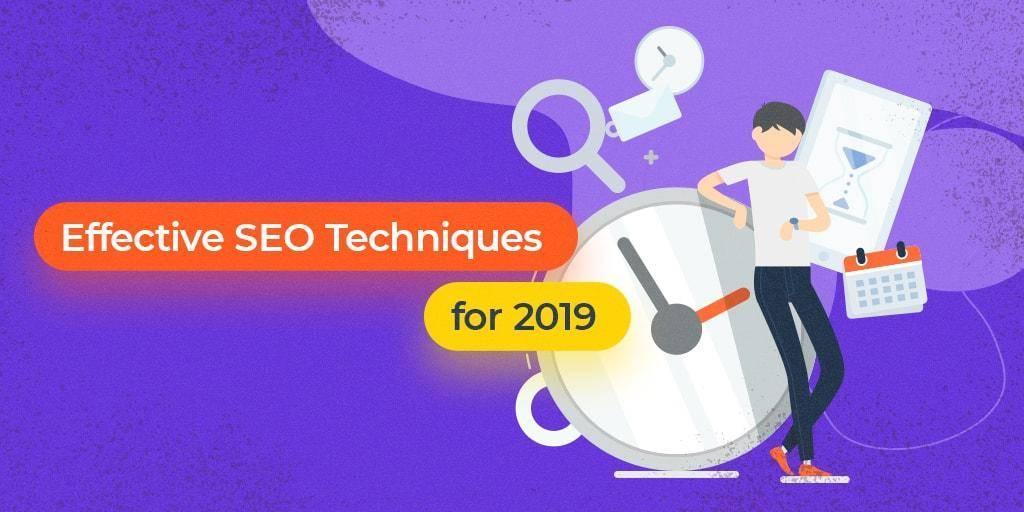
Now before you start, you can always perform an audit. It’s not actually something easy to do, depending on the size of your website, but it will help you prioritize your actions in order to save time. Depending on each individual situation, different actions in the list below might not be useful or might not apply to your case.
- Optimize Your Titles and Headings
- Prioritize Pages in Website Navigation
- Add Breadcrumbs to Your Pages
- Implement Tracking on Your Site
- Install an SSL Certificate
- Secure Your Maps Listing
- Compress & Optimize Your Images
- Increase Site Speed
- Interlink Your Pages with Keyword Rich Anchor Texts
- Link to Relevant, Authority Websites
- Secure Your Social Media Profiles
- Increase The Shareability of Your Pages & Posts
- Share Other People’s Content
- Ask Friends and Customers for Reviews
- Custom Design Your 404
- Post Fresh, High Quality Content
- Update/Improve Existing Content
- Repurpose Existing Content
- Make Your Website Mobile Friendly
- Invest in advertorials with nofollow backlinks
- Acquire Your Competitors’ Backlinks
1. Optimize Your Titles and Headings
As mentioned in the introduction, I was often surprised to see that although some of my clients had paid big money for SEO services in the past, basic optimization things like keyword research and title optimization were not performed.
These being said, make sure your pages are targeting the proper keywords. The title tag has the most weight in search engine optimization, so make sure your keyword is there. The closer the most important keyword is to the beginning, the better. After that, you need to add the proper keywords to your Headings as well. The H1 is the most important heading so it should be the first thing on a page. In many cases, it’s the same as the title, but it doesn’t necessarily have to be.

If you have a PPC campaign running, you can inspire yourself from those titles. Many people think that PPC titles are unfit for SEO, but the truth is that the PPC titles are focused on conversion, which will benefit SEO greatly.
Same thing goes for the meta descriptions. Optimize the meta descriptions to convince people to click your link. Make sure you have your keywords there as well, otherwise the chances of it showing up are much lower.
Once you get a hold of it, you can start targeting multiple keywords with one page. Although this article doesn’t really target multiple keywords, we could say that this title is optimized for “effective seo techniques”, “seo techniques” and “seo techniques 2019”.
This is a great thing, because you can focus on writing bigger pieces of content instead of many smaller ones. Google loves longer content.
2. Prioritize Pages in Website Navigation
Navigation is the most important structure element on your entire website. Why? Well, because it’s the first thing linking to your ‘other’ pages and it’s usually at the very top of the page, giving those links a lot of weight.
You can see, for example, that pages optimized for some of our most important keywords are linked to right from the navigation menu. These links are found on every page on the website, making those pages look very important in Google’s eyes.

That’s actually one of the reasons the Homepage has such high authority on all sites. It’s because, usually, the logo on every page links to it.
3. Add Breadcrumbs to Your Pages
Adding breadcrumbs can be very beneficial to your website, especially if it’s an eCommerce one. This is due to the fact that they create structure within your site.
Most, if not all online stores, link their products from their category pages. This means that the category pages send some equity to the product pages, making them stronger. Not a bad thing, overall.

However, I’m pretty sure though that you want your category pages to rank high, because those are the ones optimized for the keywords with the most search volume. With Breadcrumbs, you will consolidate the strength of your Category pages by linking to them with all your subcategories and related products.
If you’re using a CMS, things are pretty easy. Most templates already come with breadcrumbs, so make sure you check the template’s settings first. If not, you can search the web for “Your CMS Platform” + “breadcrumbs plugin/extension/module”. I’m sure there’s something out there for you.
On a custom platform you might not be able to do it yourself without coding knowledge. However, a programmer should be able to do it pretty quick, so it won’t be a big expense.
4. Implement Tracking on Your Site
Tracking is extremely important. If you don’t track your rankings and traffic, you can’t spot the issues with your website.
What pages do the users leave quickly? You know you can improve those first, especially if the search volume for them is high!
Also, if you don’t monitor your organic search traffic you can’t know if you’re making any progress and, worse, you won’t know if the search engines penalized you or your rankings have dropped.
You can use Google Search Console and Google Analytics to monitor your organic search traffic and issues with your pages. They’re fairly easy to install as long as you have access to your server. You might even be able to install them via a plugin for your CMS. I recommend using Google Tag Manager to implement all tracking codes. They will be easier to manage afterwards.
If you want to go to the next level, you can try things like HotJar, which creates a heatmap of where your users click most on a page. However, that’s a lot harder to understand and improve correctly, so an experienced person is required.
5. Install an SSL Certificate
SSL has become a ranking factor since 2014. If you’re wondering why, the answer is pretty simple. Because of security. Cybercrime has been on the rise constantly and more and more people share more and more sensitive data on the web.
Installing an SSL should be pretty easy. Most of the time, your hosting provider can help you. However, there is a simpler solution which is also free: CloudFlare. You simply have to change your domain’s nameservers to point out to CloudFlare and then CloudFlare will act as a filter, blocking spam and bad IPs from reaching your server.
Beware, though! Migrating to HTTPS can cause some serious SEO issues!
If you want to know more, you can read this detailed guide about migrating from HTTP to HTTPS.
6. Secure Your Maps Listing
This isn’t something that people will be able to ‘steal’ from you very easily, but it will provide your website with great value. Using Google MyBusiness you can get your website listed multiple times on Google.

Not only that, but it will also link back to your website. People will be able to find your website a lot easier if it’s not already ranking very well.
Once you create your listing or claim ownership of it, make sure you fill out all the required details correctly. You should also add nice pictures of your location, products and team. This helps building trust with your clients.
7. Compress & Optimize Your Images
Images take up the most physical space on your server. That means they also take the most physical space on your user’s device, which means they also take the most time to load.
Slow loading times greatly impact your conversions and images really take the longest to load.
There are two ways an image takes up too much space. First, it’s not compressed in its physical size on the disk. So you can have two images that look the same, but one has 1MB and the other has one fifth of a MB.
How is this possible? Well, I’m not sure how image compression works, but it makes images smaller in size on the disk without reducing their size or quality on the screen. You can use plugins such as Smush for WordPress, or image compression tools like ShortPixel which have APIs. You can also compress your images every time you upload them using TinyPNG. If you can’t connect a tool, just download batches of images (if you don’t have thousands) compress them and then reupload them to your server.

Then, of course, you have the size on the screen. A 2000 by 2000 pixels image will take up more physical disk space than a 500 by 500 pixels image. Therefore, don’t load a 2000x2000px image and shrink it to 500x500px using CSS. The browser will have to download an image 4 times larger than it needs.
To make this work with responsive designs, you can research the “srcset” HTML attribute. You can use it to only download specific images on specific screen sizes.
8. Increase Site Speed
Although images have the most impact, there are other elements that can affect your site’s loading speed. Most of the time it’s related to files, but other times it can be because of PHP conflicts or database queries taking very long to load.

To avoid conflicts and slow database loading times, you can try and limit your plugin use to the very minimal. Do you have a lot of unnecessary plugins and extensions? Get rid of them. Do you think something looks nice on your site, but you rarely every use it or it provides little value? Get rid of it.
You can start by removing your slider plugin, for example. Replace the slider with a static image and a CTA button. Why? Well, it turns out that sliders kinda suck! People rarely click on those offers, they take up a lot of space and resources and they can be very annoying when you’re reading something and the image shifts automatically.
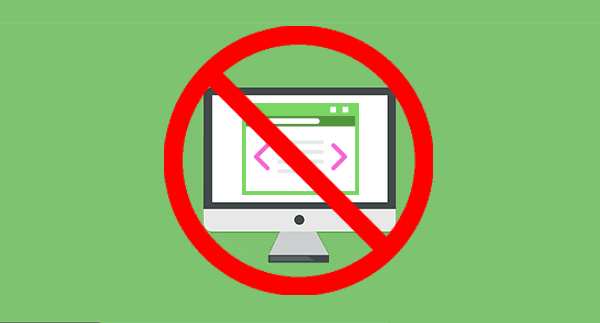
Some other things you can do to increase your site’s speed include having a great hosting provider and minimizing the resources needed to load a page. You can use PageSpeed Insights and GT Metrix to monitor these issues.
Some are easy to fix and some are not. For example, a caching and file minification plugin like W3 Total Cache (for WordPress) can be useful. You can use this guide to set it up properly. However, beware of possible CSS and JS issues and conflicts that might mess up your design and functionality. Usually, disabling minification will fix the issue, but have a backup of your files and database before you change anything!
In Page Speed Insights check your server’s response time. If multiple tests show that the response time is over 2.5 seconds, you can consider switching to a better hosting provider.
You should also take a look at this Technical OnPage SEO Guide. Not everything there is easy to implement, but considering that it’s OnPage SEO, you have complete control over it, so it’s worth doing!
9. Interlink Your Pages with Keyword Rich Anchor Texts
Interlinking is one of the most effective SEO techniques out there. You can use it to link to important pages using specific anchor texts. This has a lower risk than building backlinks on keyword rich anchor texts and, more importantly, you have absolute control over it.
Whenever you add new content, make sure you link to other relevant pages within your website. Vice-versa, go edit some old pages from your site and add links to your new content, if relevant.
If you have thousands of pages, it can be hard to interlink, but you can use plugins such as Interlink Manager. Make sure you also check out this guide about interlinking.
10. Link to Relevant, Authority Websites
I know you’d rather prefer other websites linking to you, but just as with the social media example, you’ll have to share other people’s content in order to get linked to yourself.
This can actually improve your SEO. Why? Well, it’s because Google works on backlinks! That’s how it finds good content and figures out which content is worth ranking at the top. That’s why Google encourages webmasters to link to great content
11. Secure Your Social Media Profiles
Although you’ll only probably use one or two of them, it’s a good idea to secure as many as possible. Social Media profiles are a great way of getting some initial backlinks to your website. Sometimes you might even lose the name if someone else (like a competitor) registers it before you.

The most popular ones are Facebook, YouTube, Twitter, Instagram, Pinterest and LinkedIn. However, depending on your niche, you can consider Reddit or any other niche oriented social media platform, such as SoundCloud or Yelp.
However, for the links on the social media profiles to be effective, you’ll need to get shares, retweets, pins, etc.
12. Increase The Shareability of Your Pages & Posts
If you want to get more traffic to your website, you have to use social media to get viral. Even if people read your content and like it a lot, they might not bother sharing it if you don’t facilitate the process.
Add share and like buttons on your pages. Focus on the platforms most relevant to your site instead of adding as many as possible. Again, if you have a CMS, there’s a plugin there for you!
You can also add CTAs within your content. There’s a nice SEO strategy called locked content. You can unlock that with a share. While locking the content you said you’d provide in the title is a very bad idea (bad user experience), locking some extra PDFs or tips can definitely increase the number of shares/ tweets about your site.
13. Share Other People’s Content
Also, make sure you share interesting content, even if it’s not from your own website. If you want other people to share your content, you’ll have to share theirs.

It’s better if you get shares from other pages instead of people, because personal profiles aren’t usually indexed. This means that Google won’t be able to see the backlinks created from those shares.
14. Ask Friends and Customers for Reviews
Now that you have your Google MyBusiness listing secured, it’s time to get some reviews. Many people ignore this and I never understand why. It’s something so easy to do!
Although reviews are a local SEO ranking factor, the higher your listing ranks, the more value it will provide to your website and business.
Getting good reviews is fairly easy, considering you offer quality products/services. Users are more likely to leave a negative review, so you have to work a little more. However, asking your friends to review your page on Google MyBusiness (and Facebook as well) isn’t hard. Also, everytime you have a satisfied customer, ask them to review you. You’ll be surprised, but many will do.
15. Custom Design Your 404
Depending on how big your site is, you might get a lot of 404s (an error message displayed by a browser indicating that an Internet address cannot be found). If people land on those 404 pages, they will inevitably leave, costing you a lot of money. One way to fix this issue is to create a custom design for you 404 page, with a Call to action in it.
Take a look at ours, for example:
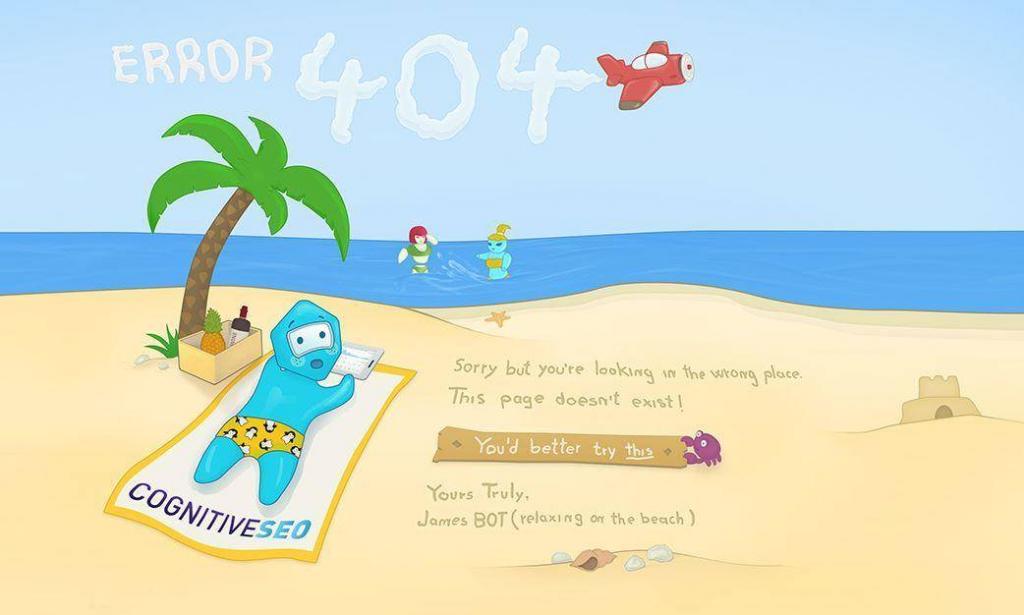
If you have an eCommerce store, you can even add some categories, an offer, or hell, even a discount code! Now that’s going to heavily reduce the bounce rate.
Here’s a link where you can read more about how 404 pages affect SEO.
16. Post Fresh, High Quality Content
It’s no secret and no rocket science. The more (quality) content you post, the more traffic you will get. However, I still see a lot of new websites that want results with SEO lacking a blog. If you only have 5 pages that list your products, chances are you won’t outrank Amazon and Walmart for “Diapers”, even if your diapers change themselves. You need to post blog posts regularly to show Google that your website is active. It’s also a great way of earning new backlinks, as people will be more likely to share those rather than your services pages.
Countless times I’ve noticed that whenever I post new blog posts on a website, all the pages gain a little boost in their rankings, especially if the pages aren’t on the first page of Google.

This proves (to me at least) that Google trusts websites that post regularly more. After you get to page 1, you might see what’s called the Google dance, where Google sometimes puts your page up to see how users react to it and then uses machine learning to figure out if it’s good. If they like it, you will rank higher. If they don’t and your bounce rate is very high, you’ll drop back to lower positions. Search engines are all about user experience these days.
The secret to always coming up with new ideas and topics for content and blog posts is to try and answer customer questions. Answering questions is also a great idea to target keywords introduced through voice searches. If you haven’t answered all your customers’ questions, you should start with that!
You’ll see that content can be written in any niche, even the shitty ones! Just take my example above… do you imagine how many parents search for “how to change a diaper” on the internet? If you don’t have a guide yet, well, you should have one! Especially if your diaper changes itself, because you can then say “ignore all this and buy my product!”.
17. Update/Improve Existing Content
If you already have content on your website that’s targeting a specific keyword, don’t start writing something else on the same topic. You’ll get into keyword cannibalization, when multiple pages will be competing for the same keyword (and probably none will be ranking).
Simply improve the existing article by adding new content to it. The simple way to do it is to use CognitiveSEO’s Content Tool. Just search for the keyword you wish to target, add your title and content and hit optimize. The tool will provide you with a bunch of relevant topics and keywords you should add to your article in order to rank higher.

Whenever you find out something new related to an article you already have on your website, make sure to write it down. You can update your article from time to time to keep it fresh.
You can also add things like “Updated dd/mm/yyyy” to let users know that the information is not outdated.
18. Repurpose Existing Content
You can easily obtain new search traffic by repurposing existing content. You can turn it into a PDF and use it to build your e-mail list, or you can turn it into a video or a podcast.

You could even use that content to share it directly on social media as a story. It’s known that a longer text without links gets more reach on platforms such as Facebook.
Different audiences prefer different types of content format, so expanding to more than just text is a smart move, especially considering that video content demand is on the rise!
19. Make Your Website Mobile Friendly
This is part of those SEO tactics that aren’t really easy to do. Considering how old your website is, it might require and entire redesign, or even rebuilding from scratch.
However, it’s worth it, since Google has recently moved to a mobile first indexing process. This means that Google will rank your pages depending on how they’re viewed by users on mobile devices.

You can fix everything on a CMS by simple installing a responsive template. However, depending on the plugins you have installed, some functionalities might suffer from the change. It’s not really a low effort change, but it’s definitely high result!
20. Invest in advertorials with nofollow backlinks
“But Adrian, isn’t buying backlinks dangerous?Is this white hat SEO?”
Well, yes. But things are different when it comes to nofollow links. The dofollow purchased links are the ones that bring trouble. Those you should earn, not pay for.
Theoretical, search engines are aware that websites and the internet work with advertising and links. However, it does not want websites to take advantage of its organic search algorithm.
Nofollow links remove all the risks. You no longer have to hide yourself under “informative content” and can directly promote your business through the content and advertising texts you purchase. Just make sure the content is still valuable to the reader. Don’t just buy it for the link. The more traffic it gets, the more it will benefit your site as well, so invest in quality.
21. Acquire Your Competitors’ Backlinks
Backlinks are very hard to get, but also very effective. Link building opportunities are not easy to found. However, there are some easy OffPage SEO strategies that allow you to acquire high quality backlinks that are proven to work.
How?
By using cognitiveSEO’s competitive backlink research tool. Once you analyze your website and your top competitors, you can easily identify common referring domains between the websites using our tool.

This helps you identify websites that are prone to share content in your niche. Even if the links are purchased, you know they work if your competitors are ranking with them. Sign up for a free trial and get a list of your competitors’ best backlinks.
Conclusion
You’ve probably heard these SEO tips before, but the real question is have you truly tried them?
Not all these SEO strategies might be easy to implement, but you will definitely be able to improve your rankings with them. Everything listed above doesn’t require an expert and won’t put your website in any risk of getting penalized.
If you have any questions, I will gladly reply in the comments section. Also, I’m curious: which SEO technique above have you already used? Was it effective? Did I miss anything? Share it with us and let’s help each other!
The post 21 Effective Low Effort & High Return SEO Techniques for 2019 appeared first on SEO Blog | cognitiveSEO Blog on SEO Tactics & Strategies.
21 Effective Low Effort & High Return SEO Techniques for 2019 posted first on
http://nickpontemarketing.tumblr.com/






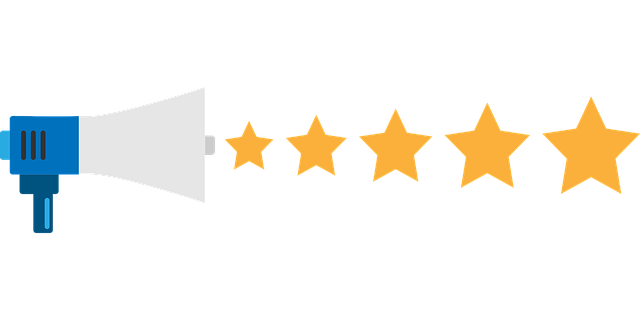
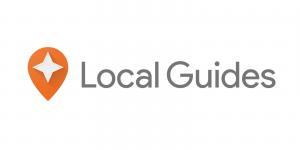
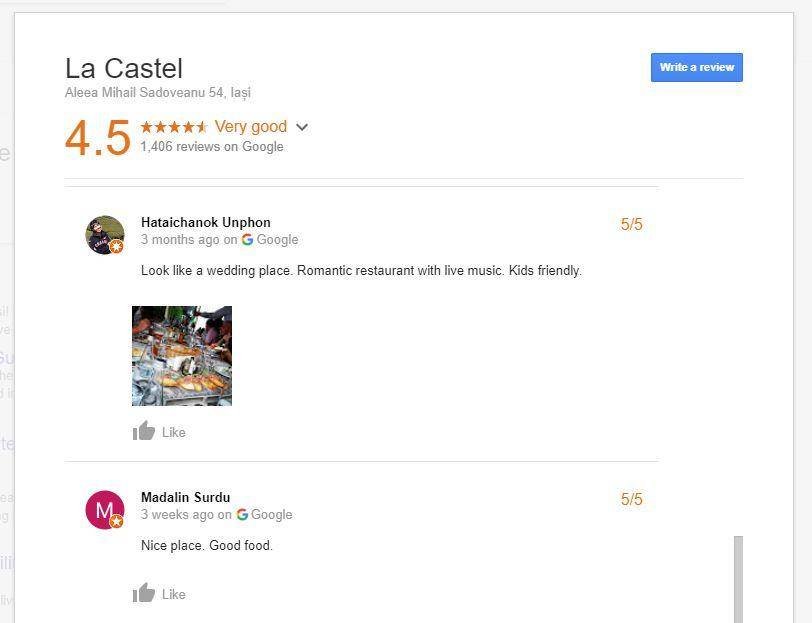

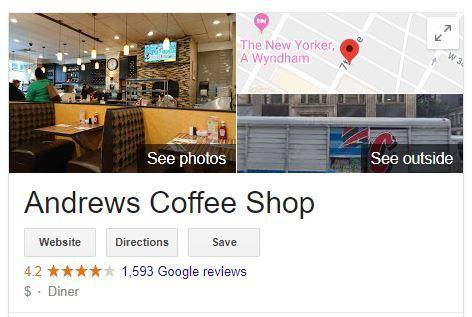



















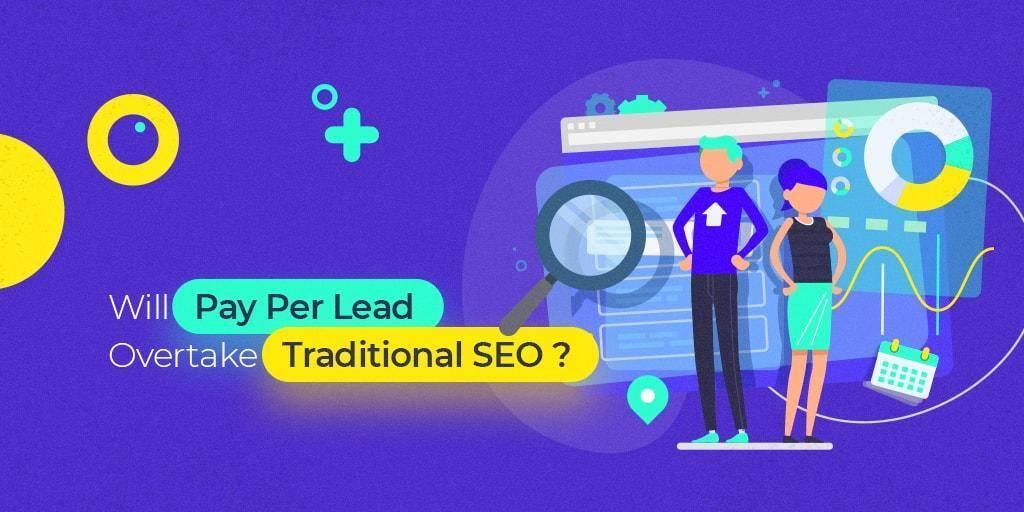



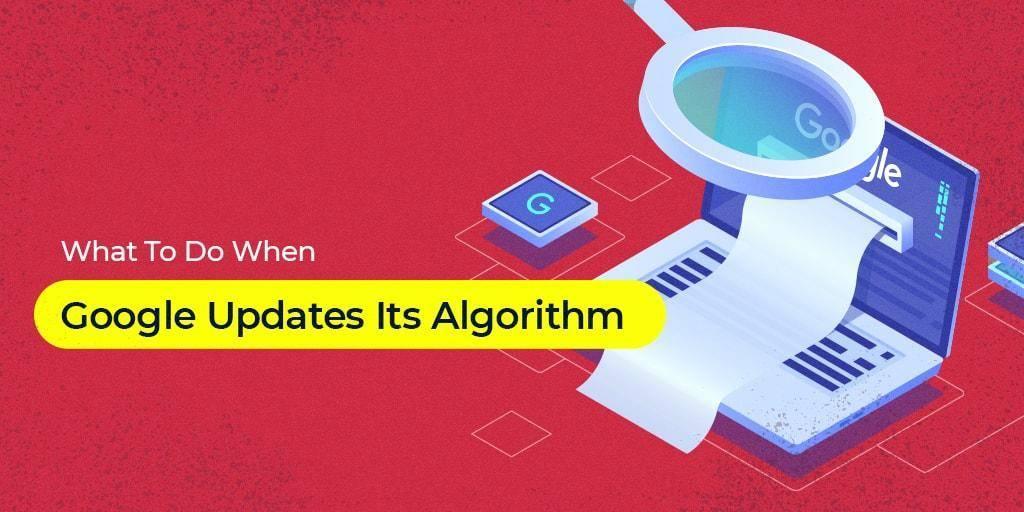



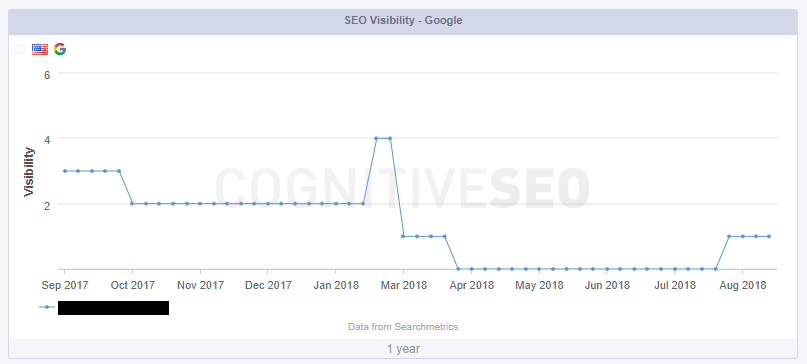
 Haste makes waste. We’ve all experienced it. No matter how dramatic things might look, make sure you do a thorough analysis before you proceed with any action.
Haste makes waste. We’ve all experienced it. No matter how dramatic things might look, make sure you do a thorough analysis before you proceed with any action.
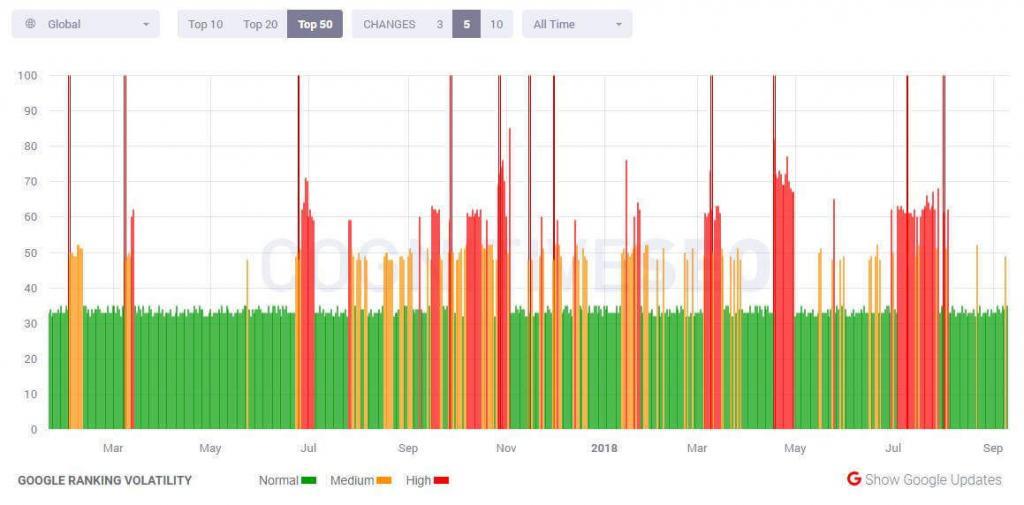
 I’m not going to list anyone here, nor will this be a guide on how to pick a good expert. You’re going to have to do that research on your own. The only advice I will give in this direction is to follow step number 3. Double check and don’t rush to make a choice.
I’m not going to list anyone here, nor will this be a guide on how to pick a good expert. You’re going to have to do that research on your own. The only advice I will give in this direction is to follow step number 3. Double check and don’t rush to make a choice. Every penalty fix should start with a website audit.
Every penalty fix should start with a website audit. Even if a traffic drop shows up right after an update is announced, it doesn’t necessarily mean that the update is the cause of the drop.
Even if a traffic drop shows up right after an update is announced, it doesn’t necessarily mean that the update is the cause of the drop. Once you have everything in line, it’s finally time to outline the plan. The secret to a successful recovery plan is prioritization. You might find a dozen of issues, but if you start fixing the minor, most insignificant ones first, you’ll lose money because they won’t have an effect on the penalty and your rankings will still be low.
Once you have everything in line, it’s finally time to outline the plan. The secret to a successful recovery plan is prioritization. You might find a dozen of issues, but if you start fixing the minor, most insignificant ones first, you’ll lose money because they won’t have an effect on the penalty and your rankings will still be low. Most of the time (as long as your website is not completely deindexed), the best way of getting out of a penalty is to keep doing the good things.
Most of the time (as long as your website is not completely deindexed), the best way of getting out of a penalty is to keep doing the good things.